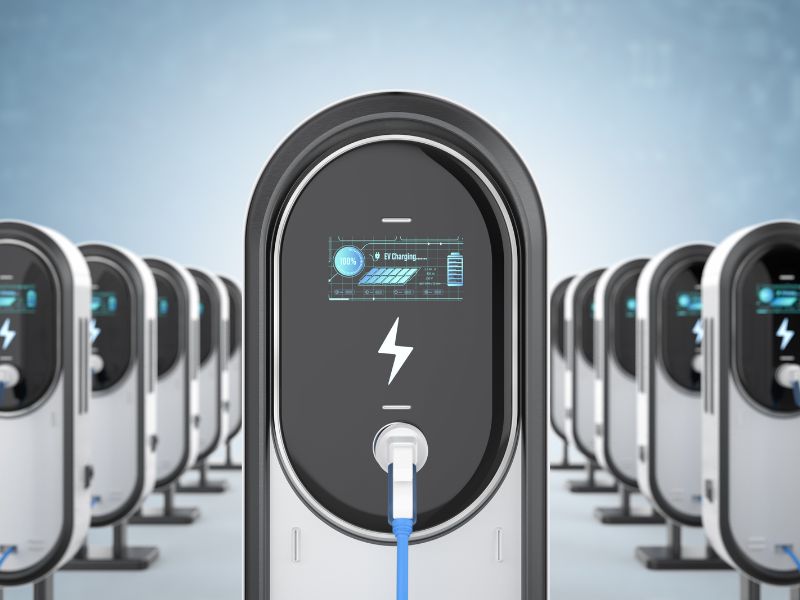In response to the surging demand for electric vehicles (EVs), several businesses in the United States and Europe are pioneering innovative solutions to overcome the challenges associated with EV charging infrastructure. These groundbreaking solutions offer alternatives for users unable to install charging stations at home, steering away from the costly public charging stations.

Portable Charging Units and Curbside Lanes
Numerous American and European companies have developed solutions allowing users to rent portable charging units, creating what is referred to as “curbside lanes” in areas lacking traditional charging infrastructure. Some even provide on-the-go mobile charging services.
While these services showcase potential in addressing the global public charging infrastructure issue, they are grappling with the scale needed to promptly alleviate this concern.
Investments in Charging Networks
Both the U.S. and Europe are investing heavily in fast public charging networks and slow street-side charging infrastructure. However, progress is hampered by outdated and imbalanced regulations.
Thibaud Simphal, head of Uber’s global sustainability development division, unveiled the company’s commitment to investing $800 million to incentivize drivers to transition to electric vehicles by 2025. Simphal emphasized that densely populated urban areas still lack sufficient charging stations, necessitating this significant investment.
Consumer Sentiment and Challenges
Despite these efforts, many potential customers seem hesitant to embrace electric vehicles, remaining loyal to traditional fossil fuel-powered cars. This hesitation is a critical factor slowing the global adoption of electric cars.
A survey conducted by global research firm Ipsos (France) reported that by 2023, 39% of 4,000 surveyed drivers in the UK would consider transitioning to electric vehicles if not solely dependent on public charging infrastructure.
Balancing Cost and Convenience
Charging at home, although slower, remains a preferred option due to its cost-effectiveness. Public fast-charging stations can recharge an EV in under half an hour but may cost up to 10 times more, diminishing the cost advantage of EVs over gasoline-powered cars.
As technological advancements and investments surge, the landscape of electric vehicle charging is evolving rapidly. The success of these innovative solutions will play a pivotal role in shaping the future of electric mobility, addressing infrastructure challenges, and fostering a more sustainable transportation ecosystem.
Note: This article utilizes information, images from Nasdaq.





Hello there, just became alert to your blog
through Google, and found that it’s truly informative.
I’m going to watch out for brussels. I’ll appreciate if you continue this
in future. Numerous people will be benefited from your writing.
Cheers!
Thanks for sharing. I read many of your blog posts, cool, your blog is very good.
I don’t think the title of your article matches the content lol. Just kidding, mainly because I had some doubts after reading the article.